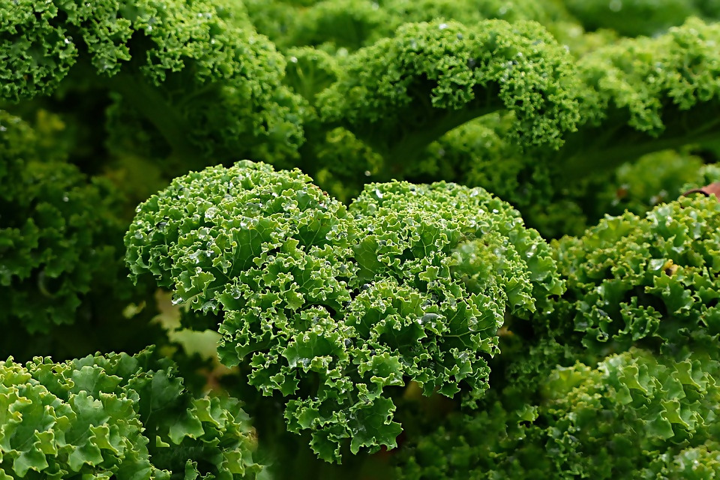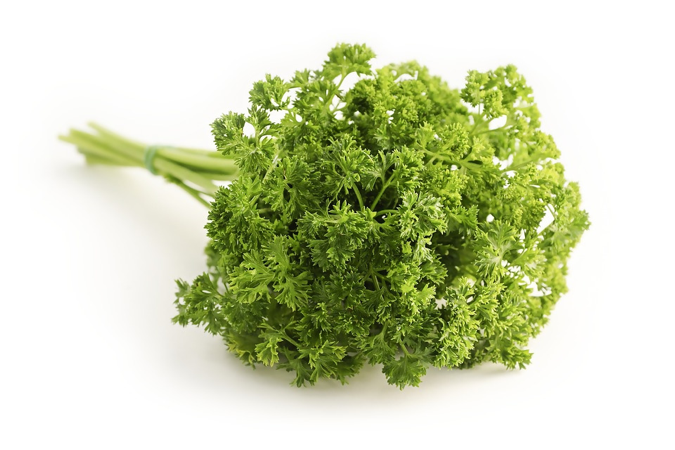Vitamin K is one of the main minerals that the body requires but it has been seriously underrated. Even the fitness community doesn’t give credit where it’s due. How badly do you bleed after a small cut? When it takes longer than usual for your blood to clot after an injury, then you need Vitamin K. this is the mineral that aids in coagulation, or rather blood clotting if you may. It is also a very important aspect of bone development, more reason why every fitness fanatics should embrace it. It also helps in mineral build up in the blood while regulating most functions in the circulatory system.
Vitamin K comes in three forms; K1 (Phylloquinone/Phytonadione), K2 (Menaquinone), and K3 (Menadione/Menaphthone). I know, it’s a mouthful, but let’s call them K1 K2 and K3. K1 can be found in any grocery shop, as it is naturally produced in green leafy vegetables like kale and spinach. K2 is found in red meat, speaking of blood, to reinforce your circulatory system you need to eat well, red meat. This is very important considering that as people become more aware of their health, and are becoming fitness fanatics, they are also ditching meat altogether and becoming vegetarian. Please remember that K2 cannot be found in vegetables, so if you seriously want to ditch your meat, you may have to talk to a nutritionist and get some supplements for the sake of your blood and bones. K3 is produced synthetically in the lower intestinal track.
The recommended intake for Vitamin K is 90 micrograms (mcg) and 120 mcg per day for females and males ages 19 and older, respectively. It is almost impossible to overdose on vitamin K as it supplements vitamin D with is also very important for the bones. There are very rare cases of Vitamin K deficiency, or perhaps they are rarely reported but lack of vitamin K causes brittle bones (osteoporosis) and bone fractures. It’s also possible to get bleeding gums and over bruising. A very little accident could lead to a fracture or excessive bleeding. This is one reason why athletes should take this seriously as their bodies undergo a lot of pressure. Where can one naturally get vitamin K?
- Kale

One reason why most people don’t take kale inasmuch as they are aware of its significance, is the taste. Very few people love the taste and texture of Kale. Rather than just steaming it and eating it, people should consider spicing it while frying it with oil. It has generally been embraced in Africa as a full meal and it is spiced with tomatoes, onions, salt and even garlic, giving it a very spicy taste. The west still use it as a salad, hence retaining the bitter taste as it is hardly spiced. This has made it especially difficult for children who still have very selective taste buds. However, One cup (160g) of chopped and steamed kale contains 1,060mcg of vitamin L, 35 calories, 2.5 grams of protein, 0.5 grams of fat, 7.5 grams of carbohydrates, and 2.5 grams of fiber hence its better. Spinach is also good but it withers and can’t be stored for long.
- Parsley

Parsley is one of the best spices you can come across. Though it’s small, it is usually used in garnishing, spicing stew and on salad dressings. Parsley is small enough to be grown indoors, and can also be wrapped and stored in a refrigerator for some time. This is also something health fanatics should embrace; 1 cup (60g) of freshly chopped parsley contains only a whopping 985mcg vitamin K and just 22 calories, 2 grams of protein, 0.5 grams of fat, and 2 grams of net carbohydrates hence there is no way you can gain weight while using it.
- Spinach
This is a very versatile vegetable as it can be cooked, steamed, fried or even eaten raw in the form of smoothies and salads. Spinach is not only tasty, it has several minerals that aid in bone formation; iron, calcium and magnesium. Those with gastritis an acidity challenges may replace their kale with spinach as it soothes ulcers. It is also known to aid in weight reduction for those taking it as smoothies. One cup (180g) of steamed and drained spinach contains 890mcg of vitamin K, 40 calories, 5.5 grams of protein, 0.5 grams of fat, 7 grams of carbohydrates, and 4 grams of hunger-satisfying fiber.
- Brussel Sprouts

I don’t know what is more exciting; the fact that brussel sprouts retain their density after whatever method used to cook it, or that it actually helps fight cancer. It has omega 3 and also fatty acids, probably one reason it doesn’t shrink after getting steamed. One cup (155g) of steamed brussel sprouts contains 300mcg of vitamin K, 65 calories, 0.5 grams of fat, and 13 grams of carbohydrates, as well as a hearty 5.5 grams of protein and 6.5 grams of fiber. It also has vitamins A, B6 and C and substantial amounts of manganese and potassium.
- Spring onions and Scallions
These two are from the same plant species but there are physical differences. Spring onions have a bulb at the end of the stem that scallion do not. The two produce significant amount of vitamin K . One cup (100g) of chopped raw spring onions or scallions, including both the tops and bulbs, contain 205mcg of vitamin K, 30 calories, 2 grams of protein, less than 0.5 grams of fat, and 5 grams of net carbohydrates. Scallions can actually be eaten raw as it is less acidic and has a strong aroma that can help in salads or eaten raw. Spring onions however have a distinct stinging taste when raw. It is also choking and most cooks tear up when chopping it. The spring onions tastes good when fried I olive oil and sautéed it salt in any stew. It can also be stored for a long time.
- Dandelion leaves
It can be consumed raw in a salad dressing, cooked or even fried with olive oil and garlic. Dandelion leaves can be used as an antidiuretic as it expels excess water from underneath the skin. It’s also very good for pastas, pies, sandwiches or even raw as it is a good source of calcium, magnesium and riboflavin.
One cup (105g) of chopped and steamed dandelion greens is packed with 580mcg of vitamin K and only 35 calories, 2 grams of protein, 0.5 grams of fat, and 4 grams of net carbohydrates
- Garden Cress
Not sure why this is not a popular vegetable for both the population and fitness fanatics as it grows very fast, and is actually very affordable. It is a very good source of riboflavin, B6, folate, and potassium. While it can be used as a spice alongside cucumber and tomatoes, garden cress also goes well with chicken, mushroom and pastas. ½ cup (68g) of steamed garden cress contains 260mcg of vitamin K and 1.5 grams of protein but a measly 16 calories, 0.5 grams of fat, and 2 grams of net carbohydrates.
- Pickled cabbage
Pickled cabbage should be stored in vinegar or salt for a while before consumption. It is very high in sodium, potassium, calcium and omega acids. One cup of fresh Japanese-style pickled cabbage contains 190mcg of vitamin K, 45 calories, 2.5 grams of protein, less than 0.5 grams of fat, 8.5 grams of carbohydrates, and 4.5 grams of fiber. It is a good pick for fitness fanatics as it has very little calories while highly nutritious.
- Escarole
Escarole is a bitter leafy vegetable from the family of endives. It is rich in vitamin K. A 1 cup serving of steamed escarole 320mcg of vitamin K.
